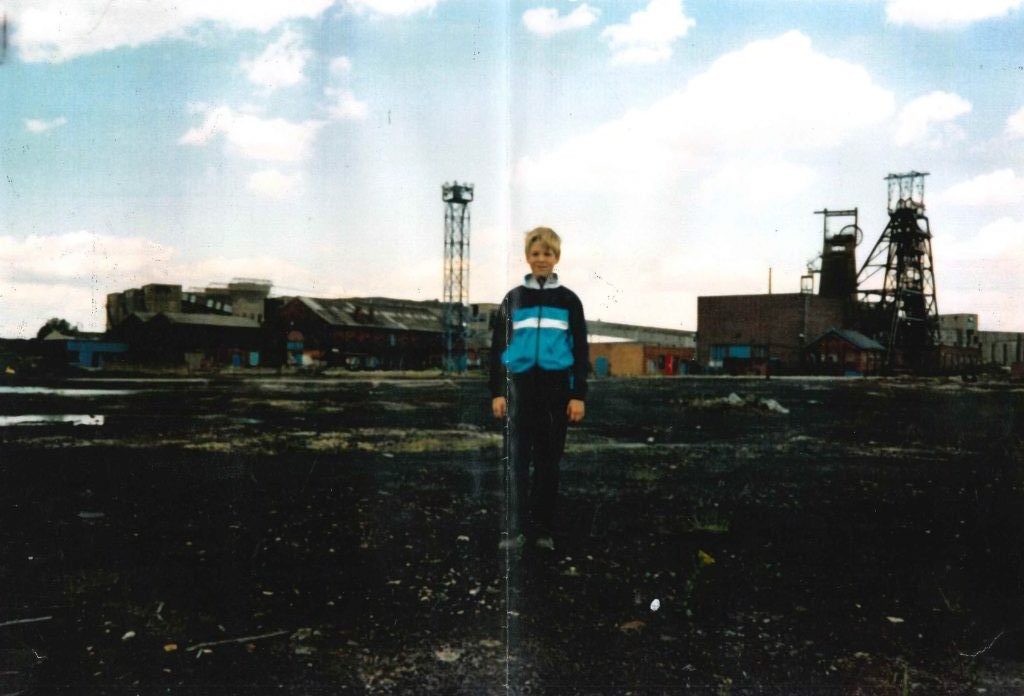I recently returned to the place where I grew up. Well, kind of. It hardly seems the same place any more.
Living in South Yorkshire’s Dearne Valley in the early 1980’s, my outlook on life (almost literally) was an expanse of mining, and all manner of associated industrial activity. I remember the soundtrack as I lay in bed at night would be the rumble, rumble, thud, thud of coal filled railway wagons, navigating their own way through Europe’s largest marshalling yard about a mile away, pulled through the labyrinth to their correct siding by nothing more than gravity.
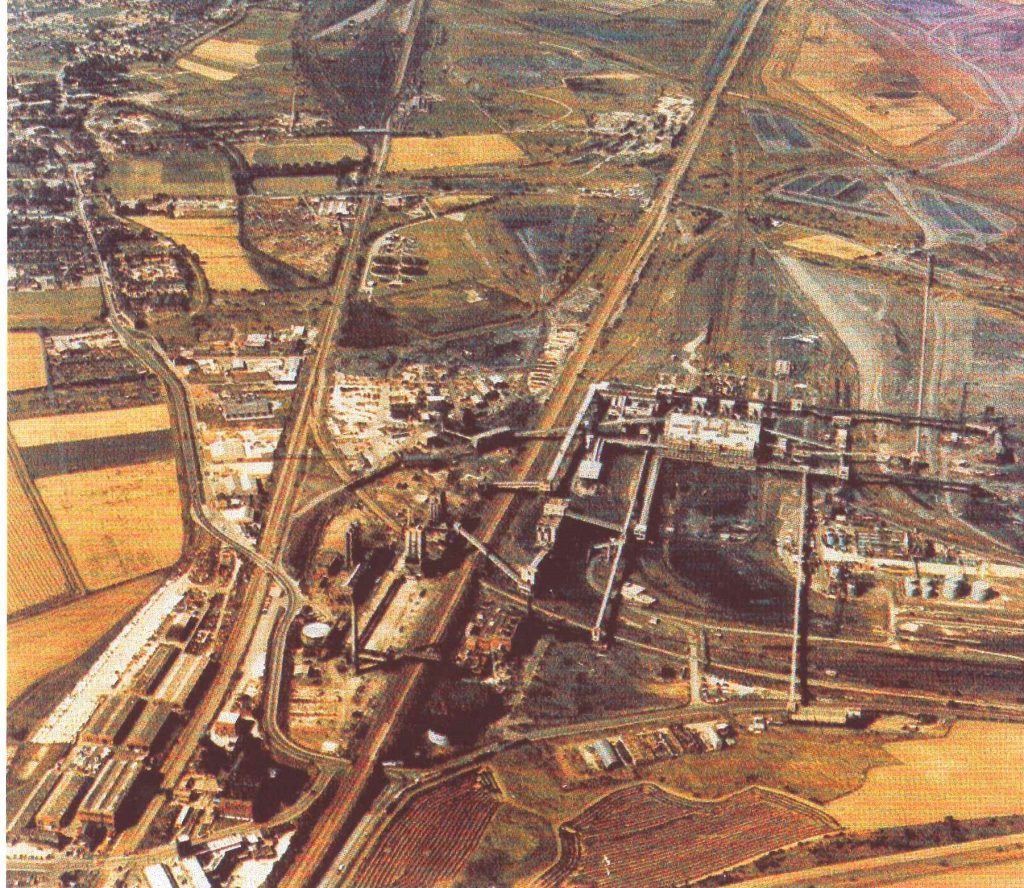
By the time of the late 1980’s / early 1990’s the mining had gone, and the railway tracks had been lifted. The valley was silent, although from time-to-time it provided an excellent adventure playground for a certain teenage lad on his bike. In hindsight, skidding down a slag heap was perhaps not the wisest thing I’ve ever done. The view at the top was worth it though.
From railway to reserve
This nostalgia trip took a really disconcerting twist when I visited RSPB Old Moor in August. It’s a verdant, tranquil place, rich with invertebrates and birdlife, and a popular leisure destination for families and ornithologists. I was standing in one of the well equipped bird hides, looking over beautiful wetland with a thick, wooded backdrop. My Dad turned to me and said “You see that woodland over there?… That used to be the marshalling yard”.
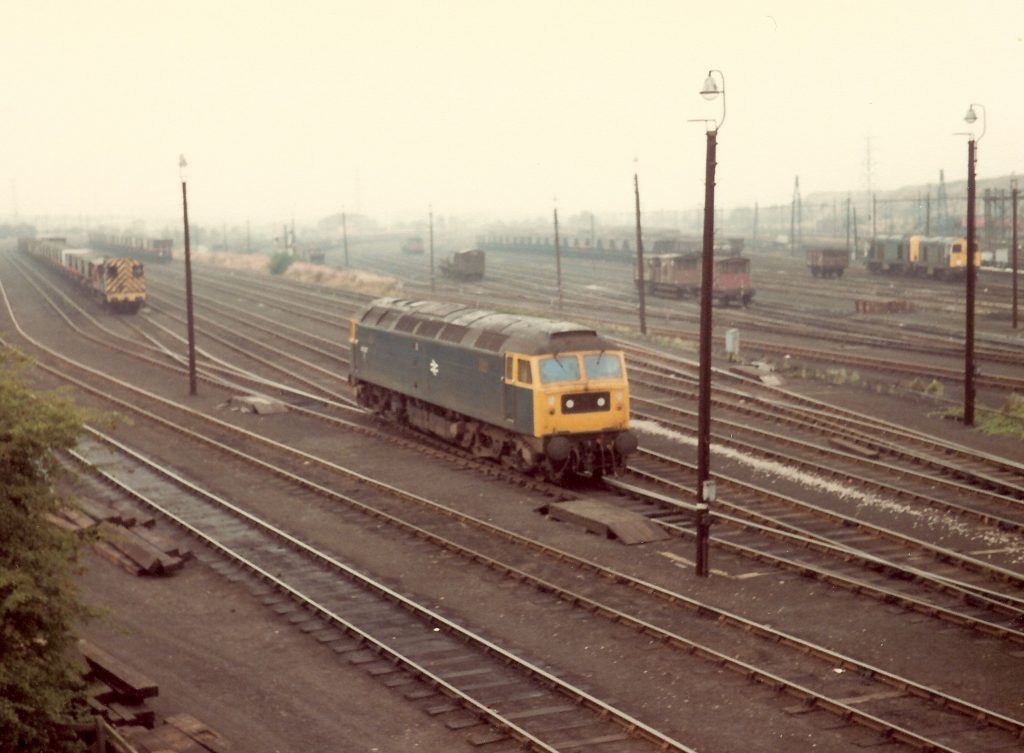
© Rob Newman (source)
The last time I saw that place, it was a desolate, vast expanse of railway ballast. Now, a little over 20 years later, it’s a dense thicket of mature trees and shrubs.
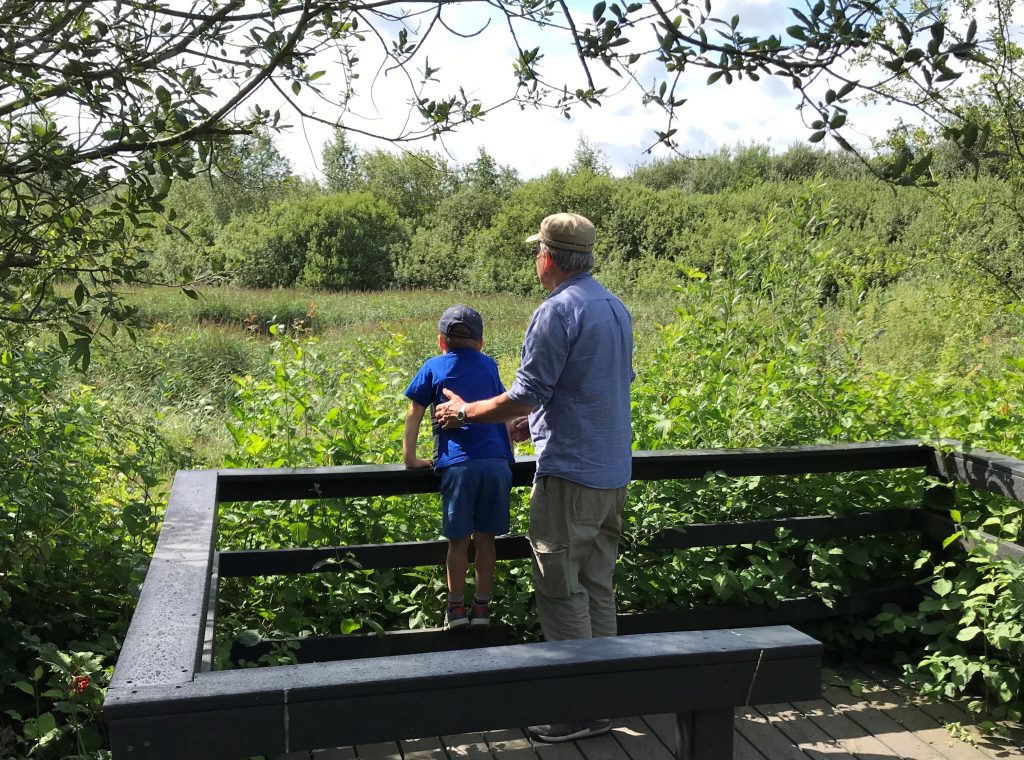
As a Landscape Architect I’ve always appreciated trees, but never before have I been confronted with such potent evidence of how transformative they can be. The timing of this insight could not have been more evocative, against a crescendo of public awareness in climate change.
My son has been learning about climate change at school. He is worried (he’s only 6), and was asking me what we can do to save the planet. When in ‘Dad mode’ and confronted with a complex question, I look for a straightforward (child-friendly) answer. On this occasion, that image of a thicket on an old marshalling yard presented me with my answer. Here’s what I said (more-or-less):-
Carbon healing landscape
The world needs more trees. They absorb Carbon dioxide, which would otherwise be warming up our atmosphere. Therefore, to cool the atmosphere we need more trees. Luckily, the need for more trees sits quite comfortably with my career as a Landscape Architect.
To me, there seems to be an uncanny kind of parallel between my tree planting career, and the transformation of the treeless, desolate wastelands of my formative years, to the verdant landscape it is today. More importantly, there’s something quite poignant about the dirty, grimy and carbon offending landscape of the past, unwittingly hosting a carbon healing landscape for the future.
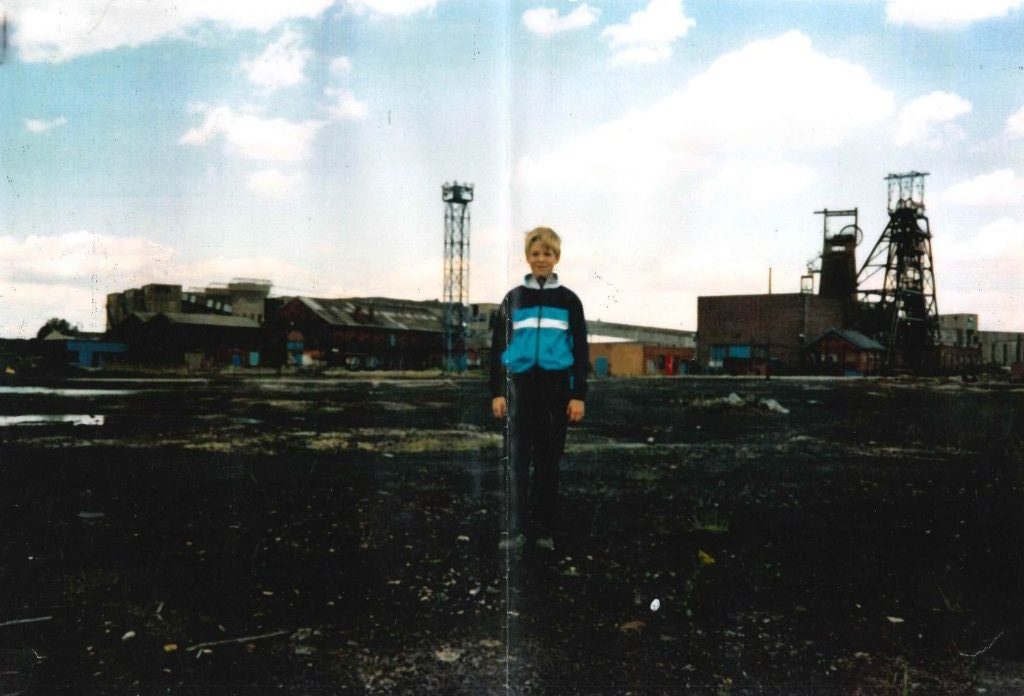
I always knew that landscape is the answer.
